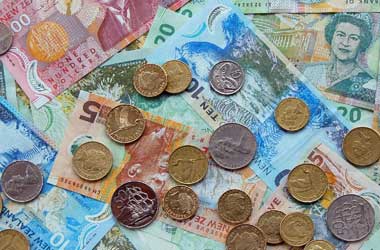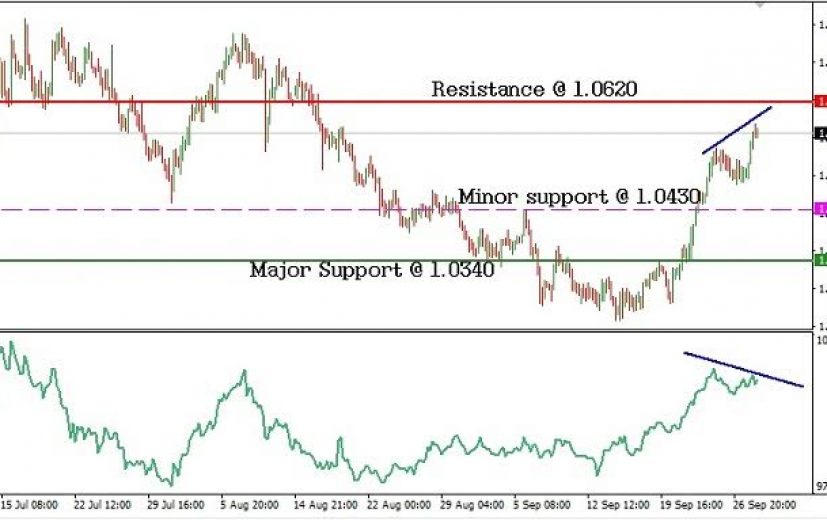 The Australian dollar and the New Zealand dollar usually exhibit high volatility during periods of uncertainty in the global economy. The antipodean currencies tend to move in the same manner against other currencies.
The Australian dollar and the New Zealand dollar usually exhibit high volatility during periods of uncertainty in the global economy. The antipodean currencies tend to move in the same manner against other currencies.
Following the rate cut by the Reserve Bank of Australia to record low of 1.5% in August, the AUD/NZD pair declined to a low of 1.02360.
However, the sharp rise in the price of coking coal and increase in the demand for natural gas propelled the Australian dollar back to about 1.06. Now, there are reports stating that the AUD/NZD pair will further rise to 1.11 levels.
However, we believe that the AUD/NZD pair will see a correction in the short-term due to the reasons mentioned below.
Seasonal restocking was primarily responsible for the price of iron ore to stay above $50 per ton. The Chinese iron ore consumption is expected to decrease 33 million tons y-o-y to 920 million tons in 2016. Thus, a majority of the analysts has forecasted a decline in the price of the iron ore to $45 per ton in the second half of 2016. As of July, the port inventories in China have increased 11% y-o-y to 102.5 million tons. A decline in the demand from China will certainly affect Australia, which caters to nearly 64% of Chinese ore imports.
Money And Markets
After recording a high of $3.15 per million Btu, the price of natural gas futures has declined to $3.002 on the NYMEX. Natural gas is the third largest export commodity of Australia. Thus, a decline in the price of natural gas would not augur well for the Australian dollar.
The coking coal used in the steel metallurgy is currently trading at four year high of $206 per ton. However, barring BHP Billiton, the coal miners in Australia will not benefit from the price rise as of now. The reason is that the current supply is based on the price negotiated at the end of the previous quarter. Only in the final quarter of the year, the miners are expected to considerably benefit from the price rise.
In the case of New Zealand, the GDT (Global Dairy Trade) index increased 1.7% to $2,975 per ton in the auction held on September 20th . The country is also benefiting from an increase in the tourist inflow and export of horticultural products such as kiwifruits, wine, seafood, and apple. The New Zealand’s benchmark interest rate of 2% is 50 basis points higher than that of Australia. Thus, it is a much more attractive carry trade currency in the eyes of investors. From the above facts, we believe that the AUD/NZD is nearing its temporary peak and trend reversal will happen soon.
The AUD/NZD pair, as the chart indicates, will encounter a strong resistance at 1.0620. The momentum indicator is forming a negative divergence with the price. This indicates that the AUD/NZD pair will decline soon.
So, a currency trader should go short near 1.0550 and place a take profit order near the major support of 1.0340. To reduce risk, a stop loss order can be placed above 1.0620. A binary trader can structure a similar trade by purchasing a one touch put option from a dependable broker. The target level for the suggested binary trade should be 1.0430 or higher. With the put option expiry date in the last week of October, a binary trader will have higher chances of ending the trade in the money.




